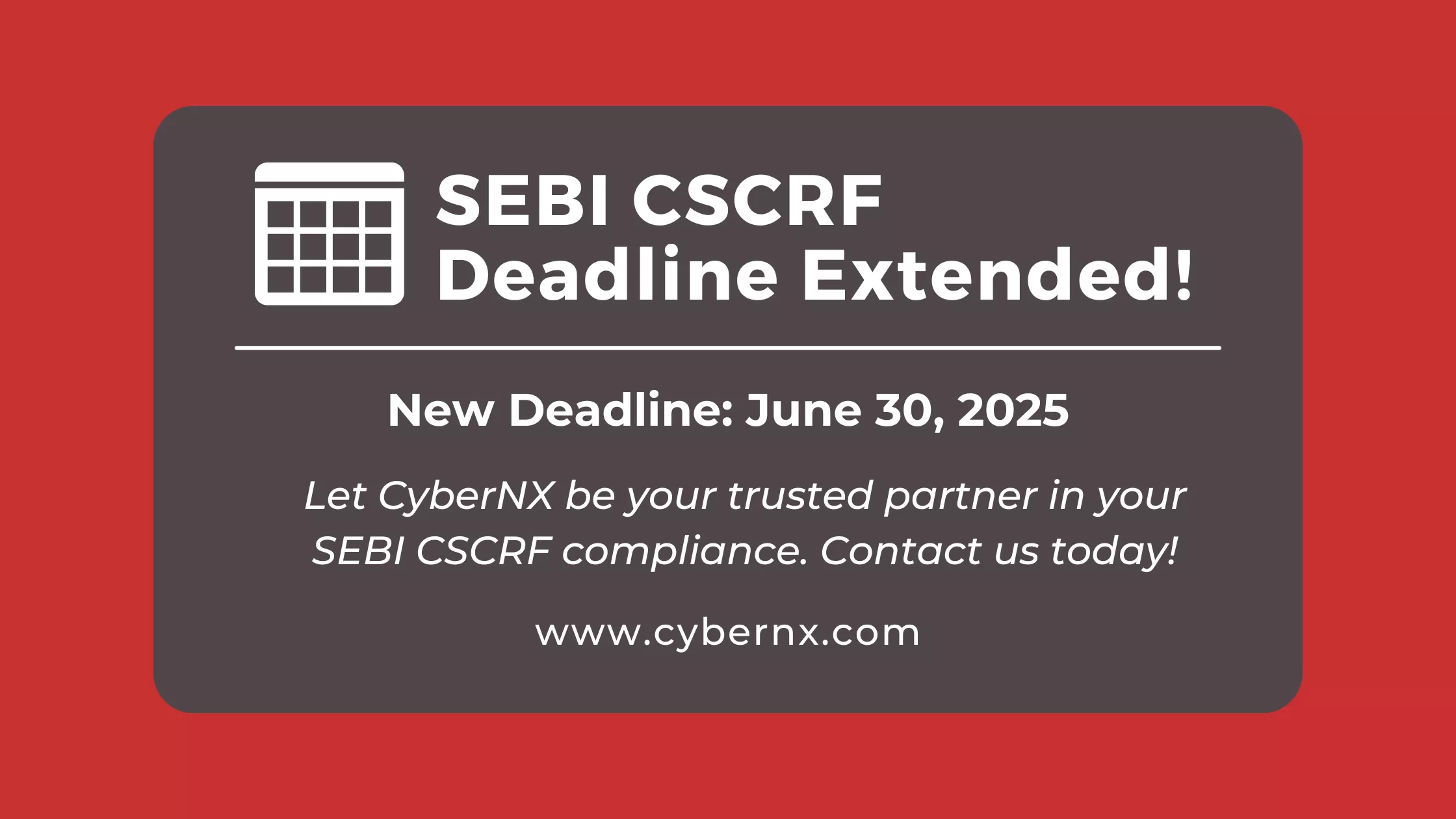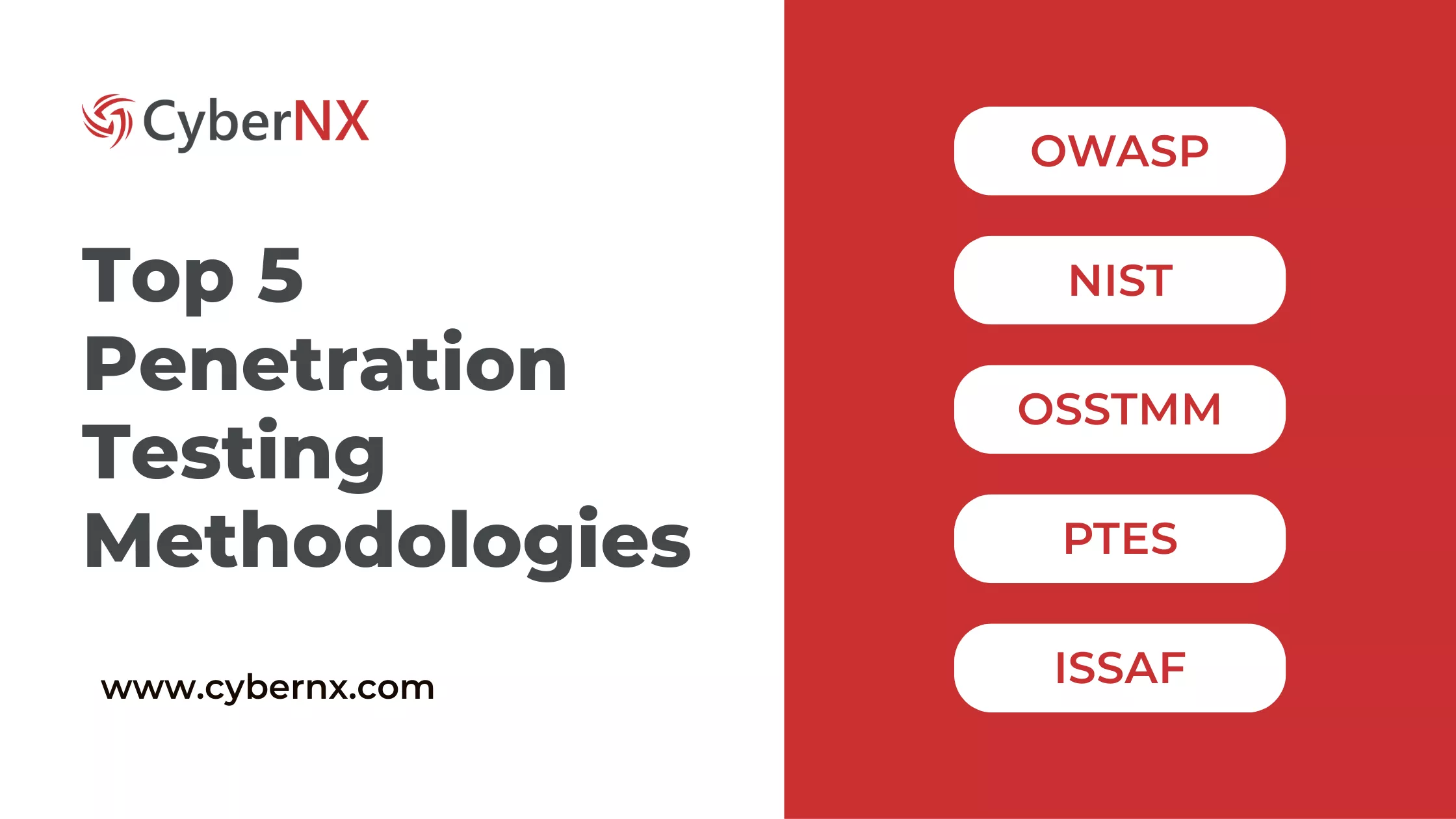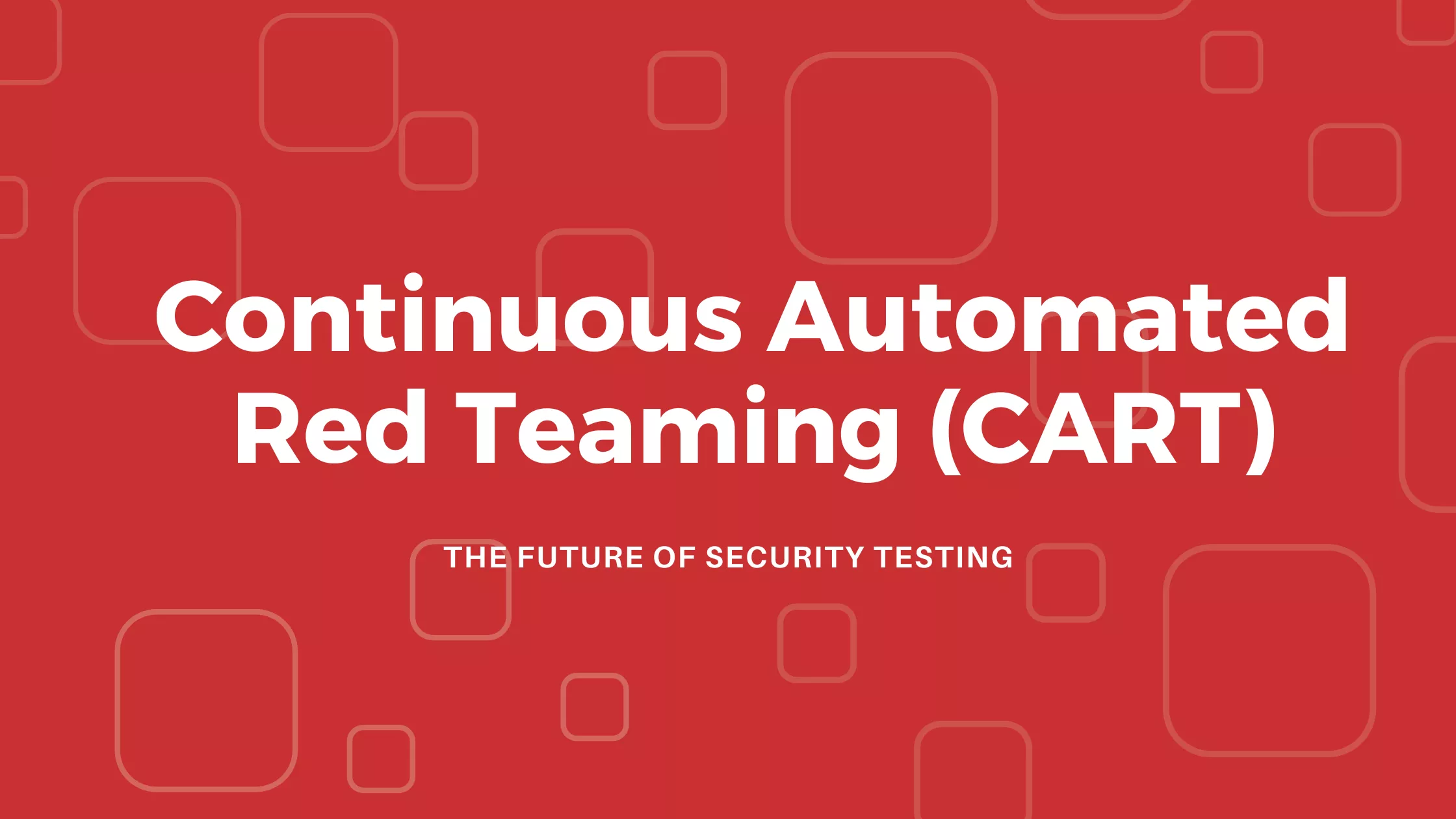
SEBI CSCRF Deadline Extended. Secure Your Organization NOW!
The Securities and Exchange Board of India (SEBI) has recently provided much-needed relief to Regulated Entities (REs) by extending the
Contents
The Securities and Exchange Board of India (SEBI) introduced the Cybersecurity and Cyber Resilience Framework (CSCRF) to elevate the cybersecurity posture of its Regulated Entities (REs). This comprehensive framework outlines core principles, key objectives, and recommended technical tools to help REs enhance their cybersecurity capabilities and ensure compliance with regulatory standards.
The CSCRF framework is designed to build cyber resilience across five key goals:
The CSCRF framework encourages organisations to implement advanced cyber security tools and technologies to strengthen their overall cybersecurity capabilities. Below is an overview of the cyber security tools suggested in the framework:
A WAF protects web applications by filtering, monitoring, and blocking harmful HTTP traffic. It defends against common threats such as cross-site scripting (XSS), SQL injection, and denial-of-service (DoS) attacks.
MFA requires users to verify their identity using two or more factors—such as a password, a physical token, or biometrics. This prevents unauthorised access even if passwords are compromised.
An IPS monitors network traffic for malicious activities and actively blocks threats like DoS attacks, worms, and viruses before they can cause harm.
DLP solutions prevent sensitive data from leaving an organisation’s control by monitoring and restricting data movement across email, web browsing, and file sharing.
EDR monitors endpoint devices for suspicious activity, helping detect and mitigate malware, investigate compromised devices, and respond to threats.
SIEM tools collect and correlate security data from multiple sources, providing insights into potential threats and supporting compliance with regulatory requirements.
VAPT involves identifying vulnerabilities in systems and applications and testing their exploitability to strengthen an organisation’s security posture.
CART continuously simulates attacks to identify vulnerabilities and strengthen defences before real-world exploitation.
BAS tools mimic real-world attack scenarios to assess an organisation’s security posture and identify improvement areas.
SAST analyses source code for vulnerabilities such as SQL injection, buffer overflows, and XML external entity (XXE) attacks during the development phase.
DAST identifies vulnerabilities in live applications by testing against known sources like the OWASP Top 10.
Dark web monitoring tracks stolen credentials or sensitive data related to an organisation to mitigate risks of identity theft or breaches.
Decoy assets attract attackers, allowing organisations to detect and respond to potential threats proactively.
PIM solutions secure privileged user accounts with elevated access to critical systems, reducing the risk of misuse.
At CyberNX, we specialise in implementing and maintaining compliance with the SEBI Cybersecurity and Cyber Resilience Framework. Our expertise ensures that your organisation adheres to SEBI’s regulatory requirements while strengthening its overall cybersecurity posture.
With a structured approach, we provide:
Contact us today to ensure your organisation meets SEBI CSCRF standards and stays ahead in the cybersecurity landscape.
Share on
RESOURCES

The Securities and Exchange Board of India (SEBI) has recently provided much-needed relief to Regulated Entities (REs) by extending the

Cyberattacks are a constant threat. But what if you could fight fire with fire? Penetration testing methodologies are the tools

In the fast-paced world of cybersecurity, staying ahead of evolving threats requires more than just reactive measures. CISOs, CXOs, and
RESOURCES
Cyber Security Knowledge Hub
Copyright © 2025 CyberNX | All Rights Reserved | Terms and Conditions | Privacy Policy